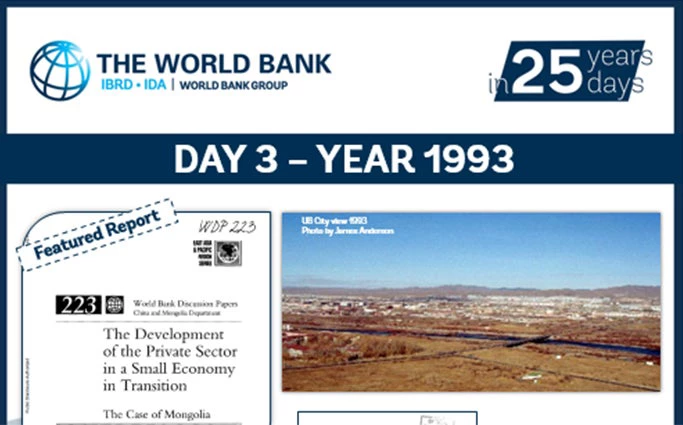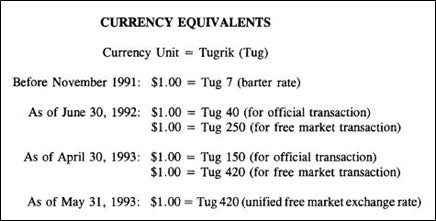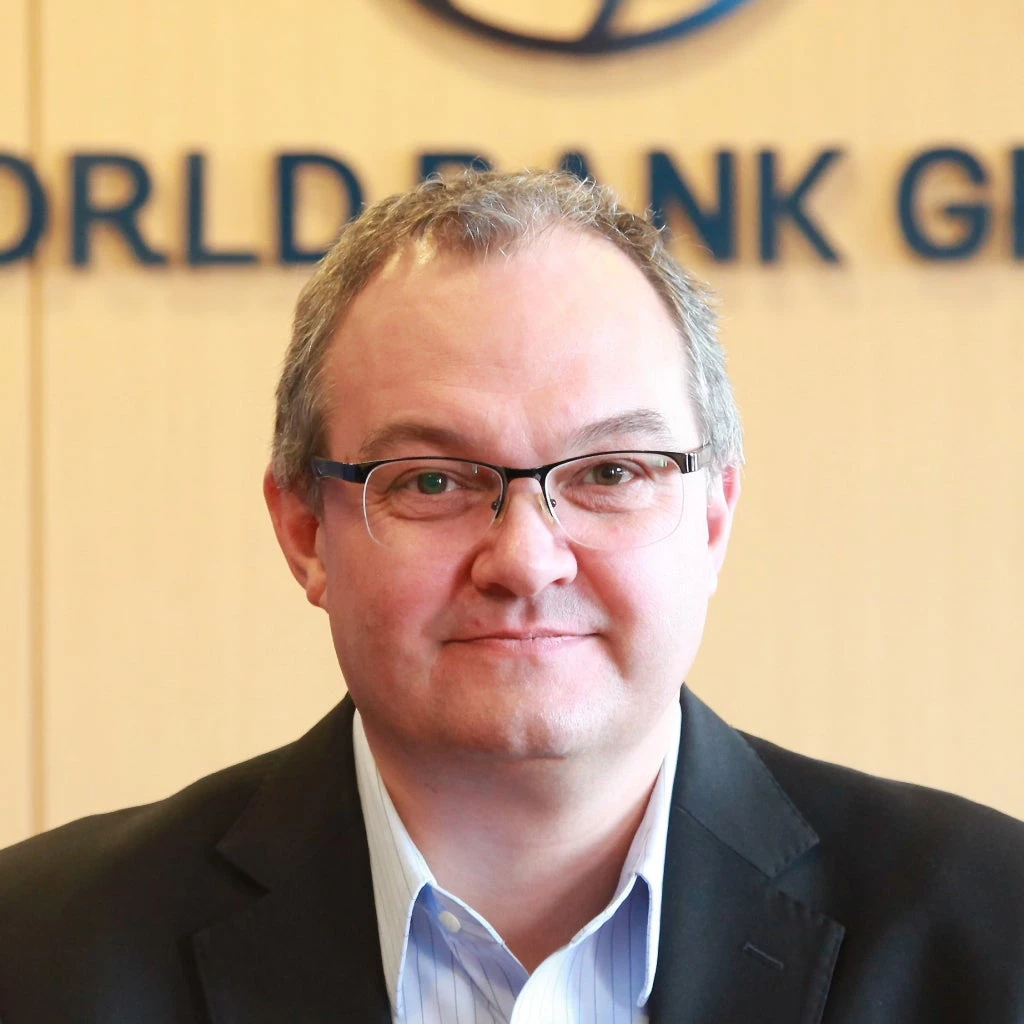
A new Economic Transition Support Credit was passed to finance the critical imports of equipment, spare parts, and other essential inputs needed for the coal and copper mines; essential imports for Mongolian Railways; and to provide resources for the import of lubricants and the replacement of old, inefficient gasoline pumps for the Mongolian Petroleum Import Concern. Keeping machinery working was still a priority.
While much of the earlier reform program focused on privatization of the state-dominated enterprise sector, by 1993 attention was beginning to shift to the nascent private sector. “The Development of the Private Sector in a Small Economy in Transition” examined privatization and the increasingly evident corporate governance problems inevitable when privatization precedes institutional reforms. The report also analyzed the impediments to private sector growth: state controls over imports, state licensing of exports, and centralized procurement all were identified as culpable. Reflecting the newness of the system, even the question “what is the private sector?” needed clarification.

a Small Economy in Transition" World Bank Discussion Paper 223.
The report found that “the foremost problem faced by private entrepreneurs is limited access to foreign exchange to pay for their imports.” The parallel exchange rates were finally unified in May 1993.
The year 1993 was also the year I first moved to Mongolia. My reflections on what I learned about economic development, the Mongolian language, and Mongolian perseverance can be found here.
Tomorrow we look at 1994, assessments of vulnerable groups and the financing of education.
*Prepared in collaboration with Bolorma Gurjav.
(Please follow our 25 years in 25 days journey here and on twitter with the hashtag #WBG_Mongolia25th)


Join the Conversation